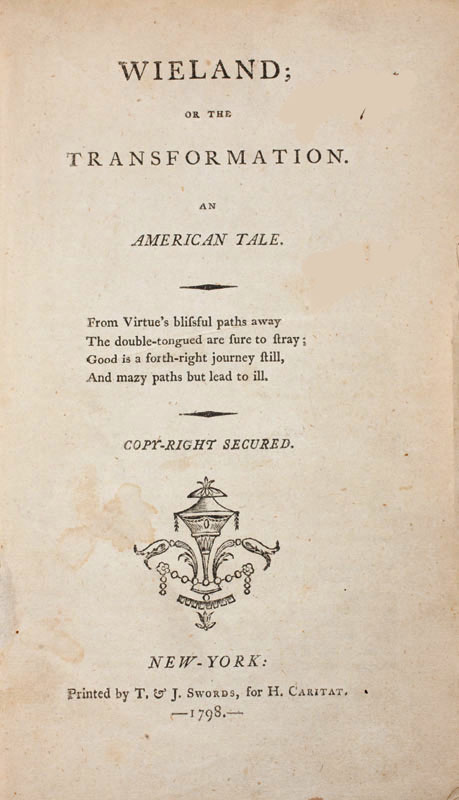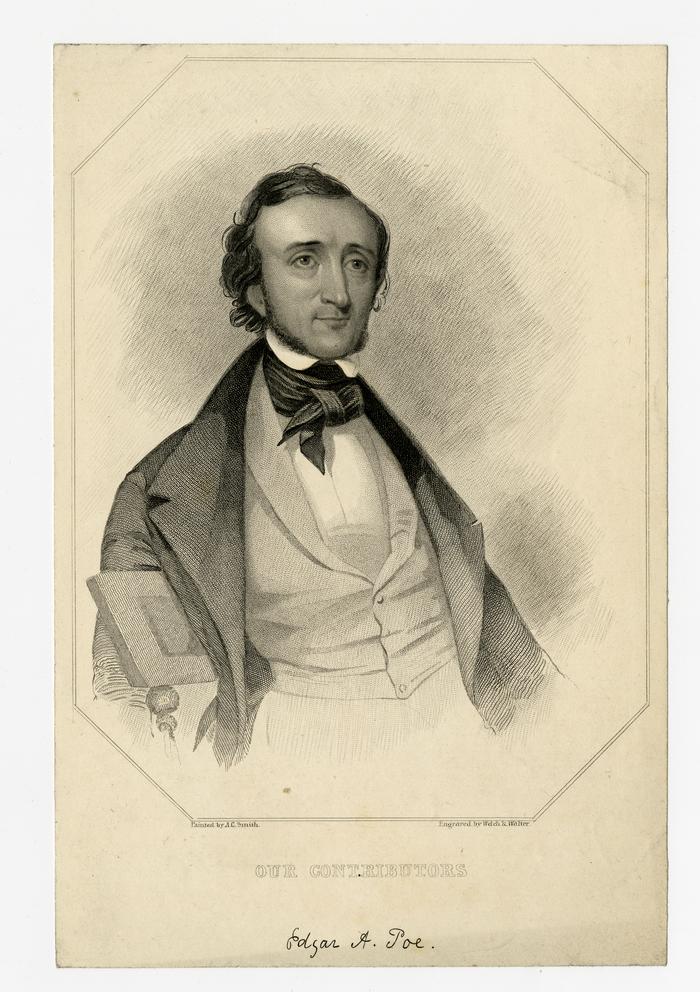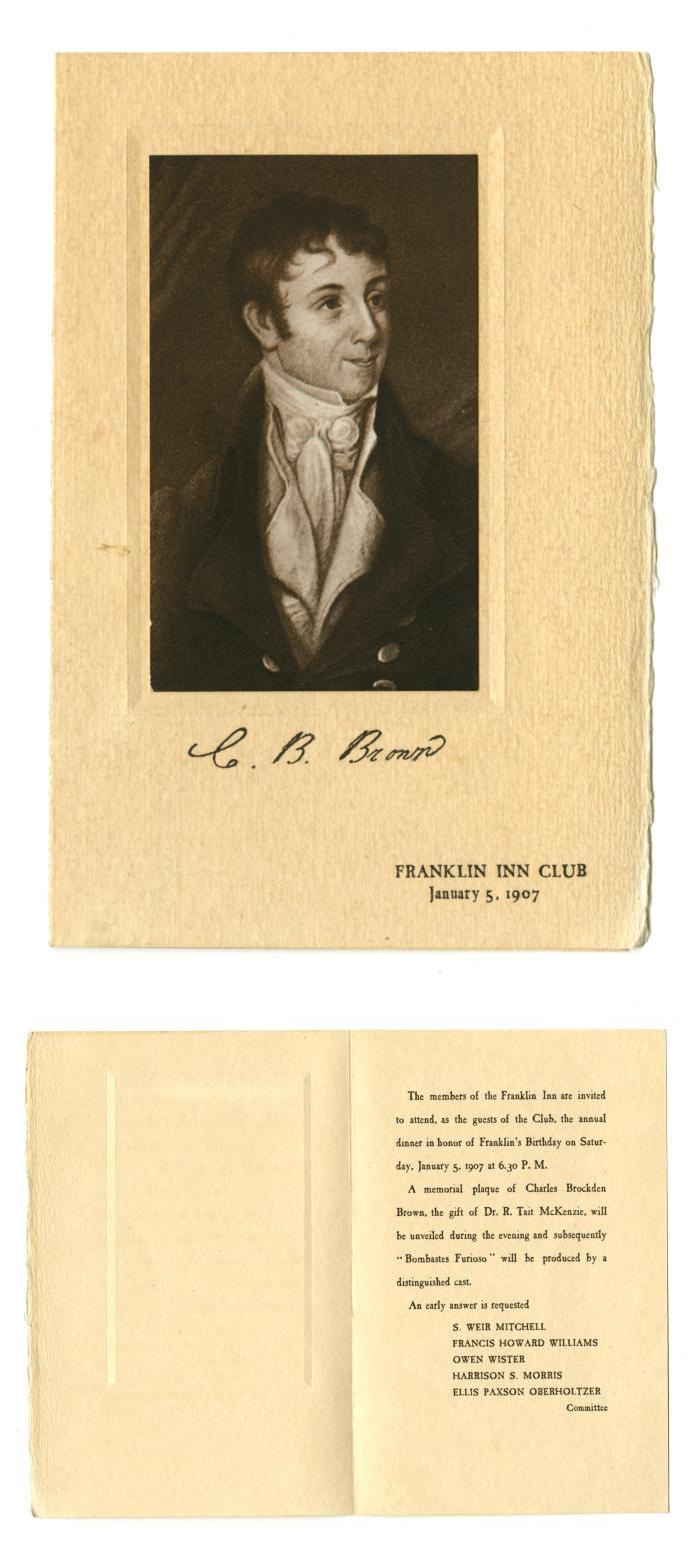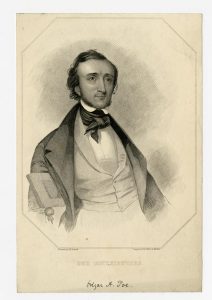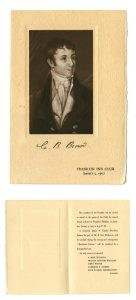Wieland; or, the Transformation: An American Tale
Essay
Wieland; or, the Transformation: An American Tale by Charles Brockden Brown is considered to be one of the first examples of a distinctly American Gothic novel, characterized by its use of sensational violence and intensity. Published in 1798, it was the first of four novels Brown wrote over a span of only eighteen months. Only a decade and a half after the nation’s founding, written while Philadelphia served as capital of the United States, the novel dealt with the conflicting claims of liberty and authority. It also reflected rising tensions between intellectuals who viewed logic and reason as the basis for all systems and religious individuals who believed God had foreknowledge of all worldly events, with humans incapable of changing anything.
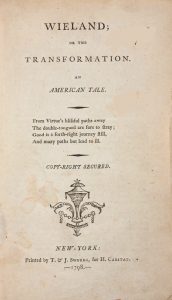
Brown (1771-1810) was born and raised in Philadelphia in the years leading up to the American Revolution. He watched his father, a merchant, treated harshly by both colonists and the British for his pacifism rooted in Quaker beliefs. The absence of legal protection for those who had done no wrong stayed with Brown throughout his life. He attempted a career in law, which he eventually abandoned, but his interest in justice and injustice became embedded in novels like Wieland. Brown’s novels were some of the first to be translated into other European languages, including Wieland’s French translation in 1808. He did not achieve immediate financial success, but he became well known throughout the Romantic era in both the United States and England, with several of his novels republished.
Wieland is set in Mettingen, Pennsylvania, a fictional town just outside of Philadelphia. Clara, who is both narrator and character, tells the complex story of her brother Theodore (also referred to as Wieland) descending into a religious fervor that becomes indistinguishable from madness. Acting as Wieland’s foil is Henry (also referred to as Pleyel), the brother of Wieland’s wife and a self-declared rationalist. Brown uses the narrative to show that the dichotomy of rationalists versus evangelicals is false, as the novel’s antagonist, Carwin, begins to blur that line. Carwin’s ventriloquism (referred to as biloquism) begins to break that binary as his words provoke actions in others, prompting the question of who is morally responsible for a person’s actions. Throughout the novel, this remains undecided. Toward the end, it is unclear whether Wieland’s move from religious fervor to murder is facilitated by Carwin’s ventriloquism or if his own insanity is causing him to hear things. Carwin’s ventriloquism also calls into question the fortitude and impressionability of the American mind. The near literalness of Carwin’s voice acts as the voice of God, which calls into question what the position of religion will be in this newly formed nation of “we the people” (enshrined in the U.S. Constitution). The novel posits that this representation of the people is inherently distorted and never truly representative.
At its core, the novel deals with stability or the lack of it on both the family and state levels. Readers at the time of its publication still had memory of the United States as a series of loosely related colonies and the inherent lack of stability during the monumental shift to nationhood. The one place where stability might be presumed was the home, yet in Wieland home is the site of the family’s confusion, bloodshed, and loss of identity.
In this novel and in others to come, Brown was concerned with creating a distinct writing style that combined historical elements with a traditional fiction narrative in order to raise social awareness. Wieland’s impact as one of the first American Gothic novels is not to be underestimated; although Charles Brockden Brown’s work was seldom read after the end of the nineteenth century until his work was revived in the 1970s and 1980s, mid-nineteenth century Romantics and Realists such as Nathaniel Hawthorne (1804-64), Edgar Allan Poe (1809-49), and John Greenleaf Whittier (1807-92) continually lauded his novels as the first of the genre.
Lawrence L. Mullen is a Master of Fine Arts in Creative Writing candidate at Arcadia University. (Author information current at time of publication.)
Copyright 2019, Rutgers University
